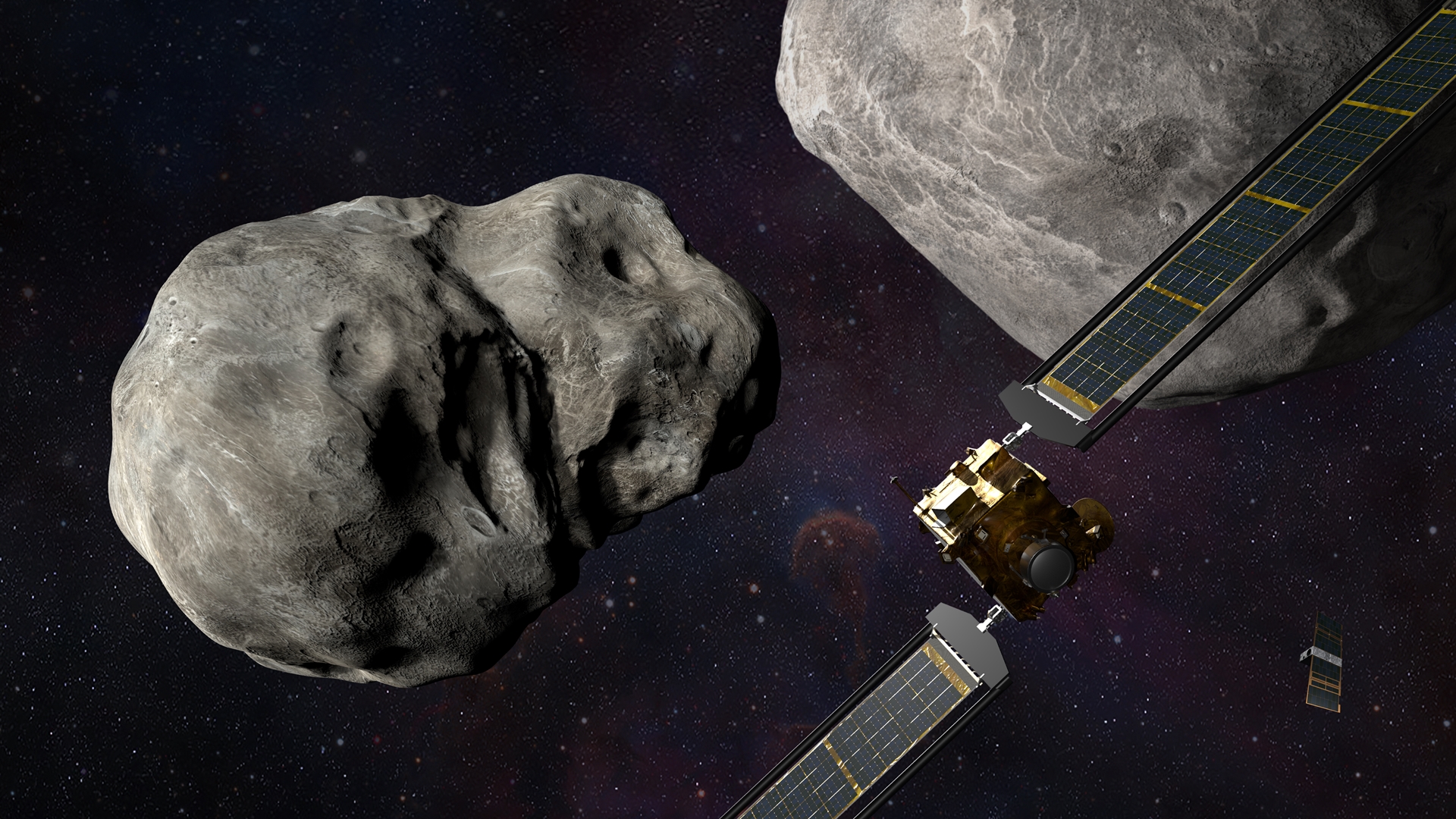- The James Webb Space Telescope and Hubble Space Telescope observed the DART collision at the same time
- Webb captured the collision in infrared light while Hubble captured it in visible light
- Both observatories will continue monitoring the binary asteroid system to learn more about it and the galaxy
Earlier this week NASA’s plans for planetary defense were tested when the Double Asteroid Redirection Test collided with the Dimorphos asteroid.
The test was incredibly exciting and gazing at the event were two great observatories – The Hubble Space Telescope and the James Webb Space Telescope.
“For the first time, Webb and Hubble have simultaneously captured imagery from the same target in the cosmos: an asteroid that was impacted by a spacecraft after a seven-million-mile journey. All of humanity eagerly awaits the discoveries to come from Webb, Hubble, and our ground-based telescopes – about the DART mission and beyond,” NASA administrator, Bill Nelso, said in a statement.
The two observatories will allow scientists to observe the surface of the asteroid as well as how much of its material was ejected following the collision. The two telescopes also captured the event in different light wavelengths with Webb capturing the impact in infrared light and Hubble in visible light.

Both telescopes will observe the asteroid over the next few weeks though with different reasons. Webb will observe the ejecta from Dimorphos while Hubble will observe how the ejecta cloud fades over time.
Curiously, according to NASA, the asteroid system was three times brighter after the collision even eight hours after impact. The agency reports that some of the light rays captured appeared to be curved but the cause of this is unknown. The hope is that by studying this impact and how the asteroid material behaves we will gain a deeper understanding of our galaxy.
You can a timelapse of the impact as captured by Webb in the video below.
In other space news, NASA just released images captured by Juno as it flew by the Jovian moon Europa. The images are the first in over two decades which showcase the frigid satellite that is believed to be hiding an ocean beneath its surface. You can see those images and learn more about Juno’s mission here.

